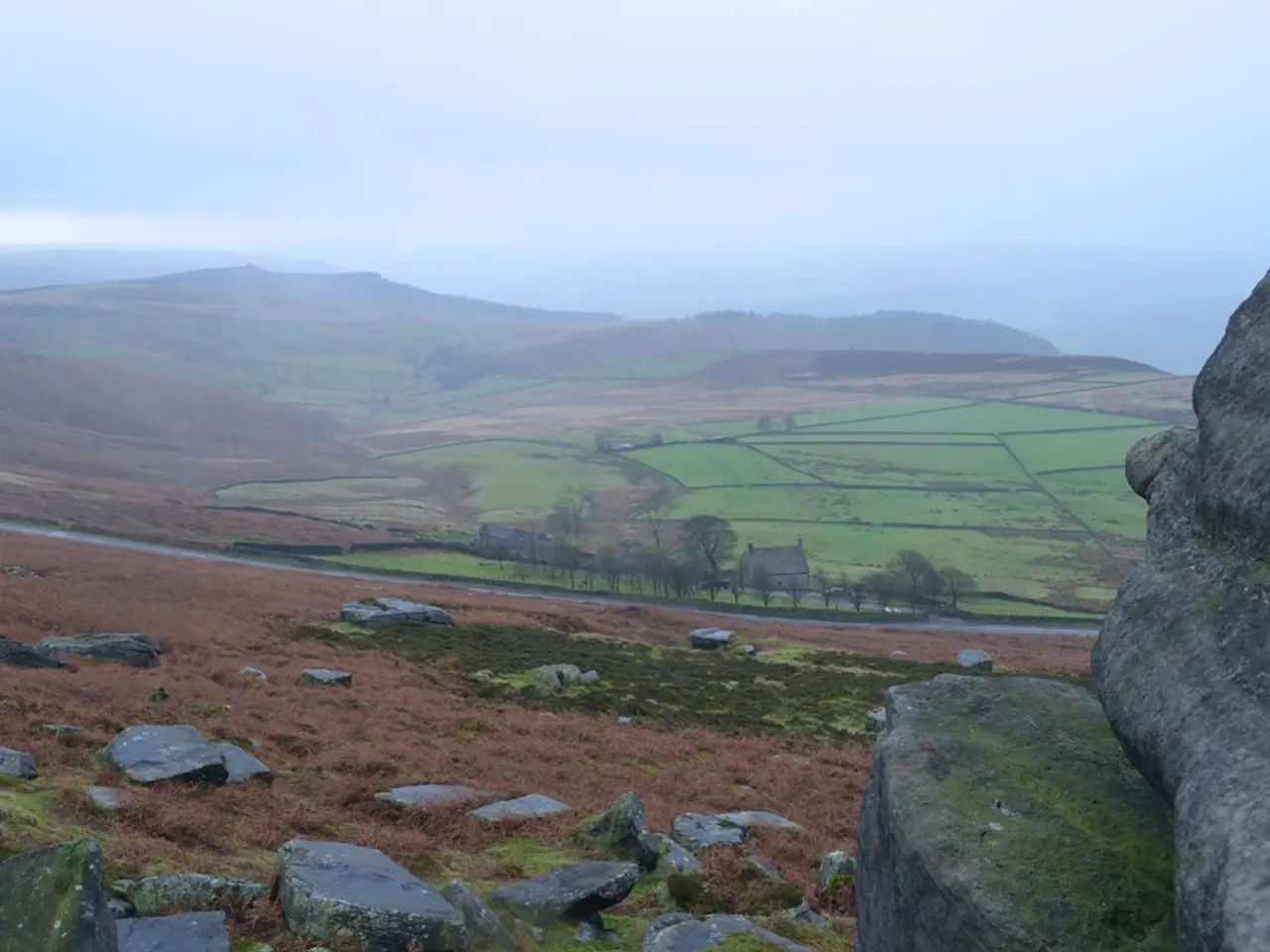Exploring Saguaro National Park: A Haven for Giant Cacti and Wildlife
**Exploring the Wildlife Wonders of Saguaro National Park**
Nestled in southeast Arizona, on the east and west sides of Tucson, lies Saguaro National Park, a desert oasis teeming with unique flora and fauna. Covering an expansive 91,446 acres, the park preserves a diverse range of desert communities, from towering saguaro cacti to other cacti, desert trees, and shrubs.
One of the park's most iconic features is its saguaro cacti, which can sometimes reach heights of 50 feet. But Saguaro National Park is more than just its namesake; it's a rich wildlife haven, home to a variety of desert-adapted animals.
Visitors to the park may encounter key species such as Gila monsters, horned lizards, desert tortoises, and various species of snakes, including diamondback rattlesnakes and coral snakes. Mammals like collared peccaries (javelinas), kangaroo rats, cougars, coyotes, bobcats, white-tailed and mule deer, gray foxes, black-tailed jackrabbits, desert cottontails, ring-tailed cats, and white-nosed coatis can also be spotted.
The avian population is equally diverse, with roadrunners, Gambel’s quail, vermilion flycatcher, whiskered screech owl, Mexican spotted owl (threatened), great horned owls, cactus wrens, ravens, kestrels, turkey vultures, woodpeckers, hawks, quails, hummingbirds, and the elusive Le Conte’s thrasher gracing the skies and landscapes.
The park supports over 30 mammal species, around 107 bird species, and 36 reptile species, making it a rich wildlife watching destination. Trails like Bridal Wreath Falls Trail and areas near Wasson Peak are prime spots to observe these animals in their natural desert habitat. Some species, such as the Mexican spotted owl and lesser long-nosed bat, are endangered or threatened, adding conservation significance to wildlife viewing here.
Saguaro National Park offers several amenities for visitors, including seven picnic areas in the east and west districts, visitor centers, restrooms, and scenic loop drives in both districts. Bicycle riding is encouraged, but after dark, a headlight and rear reflectors are required. Helmets are mandatory for all riders 14 years and younger, and helmets and other safety gear are strongly recommended for all riders.
The park is open year-round, daily from sunrise to sunset, with peak visitation in March. Carrying personal identification while biking, including the name, address, and phone number of an emergency contact, is advised. A shade ramada with benches, water fountain, and bicycle rack are adjacent to the visitor center.
Visitors are encouraged to carry and drink plenty of water, especially in the summer, as there is no water available on the loop drive. Total Recreation Visits in 2000 for Saguaro National Park were 757,417.
Entrance fees for Saguaro National Park are as follows: Private Non-commercial Vehicle $25.00 (Seven Day Pass), Motocycle $20.00, Individual Entry (Bike, Foot, Motocycle & Moped) $15.00 (Seven Day Pass), Annual Pass $45.00, National Park Pass $80.00. The west district has no entrance fee.
Whether you're an outdoor enthusiast, a wildlife lover, or simply seeking a unique desert experience, Saguaro National Park offers a captivating journey into the heart of the Sonoran Desert's biodiversity.
- The towering saguaro cacti in Saguaro National Park can reach heights of up to 50 feet, making them one of the park's most iconic features.
- Saguaro National Park is not only known for its saguaro cacti but also for its rich wildlife, housing a variety of desert-adapted animals.
- Gila monsters, horned lizards, and desert tortoises are some key species that call Saguaro National Park their home.
- Visitors may also spot various species of snakes such as diamondback rattlesnakes and coral snakes within the park.
- Mammals like collared peccaries (javelinas), kangaroo rats, cougars, coyotes, bobcats, white-tailed and mule deer, gray foxes, black-tailed jackrabbits, desert cottontails, ring-tailed cats, and white-nosed coatis can also be found in the park.
- The avian population in the park is equally diverse, with roadrunners, Gambel’s quail, vermilion flycatcher, whiskered screech owl, Mexican spotted owl (threatened), great horned owls, cactus wrens, ravens, kestrels, turkey vultures, woodpeckers, hawks, quails, hummingbirds, and the elusive Le Conte’s thrasher appearing amongst the skies and landscapes.
- Saguaro National Park supports over 30 mammal species, around 107 bird species, and 36 reptile species, making it a rich destination for wildlife watching.
- Trails like Bridal Wreath Falls Trail and areas near Wasson Peak provide prime opportunities to observe these animals in their natural desert habitat.
- Some species, such as the Mexican spotted owl and lesser long-nosed bat, are endangered or threatened, adding conservation significance to wildlife viewing here.
- Saguaro National Park offers several amenities for visitors, including seven picnic areas, visitor centers, restrooms, and scenic loop drives in both districts.
- Visitors are encouraged to bike in the park, but after dark, a headlight and rear reflectors are required, and helmets are mandatory for all riders under the age of 14.
- The park is open year-round, from sunrise to sunset, with peak visitation in March.
- Visitors are advised to carry personal identification while biking, including the name, address, and phone number of an emergency contact.
- A shade ramada with benches, water fountain, and bicycle rack are adjacent to the visitor center, providing convenient facilities for visitors.
- Visitors are encouraged to carry and drink plenty of water, especially during the summer months, as there is no water available on the loop drive.
- In 2000, Saguaro National Park welcomed over 757,417 visitors, making it a popular destination for travelers seeking a unique desert experience.
- Entrance fees for Saguaro National Park vary, with options including an annual pass, a National Park Pass, and daily entry fees for private non-commercial vehicles, motorcycles, and individual entries. The west district has no entrance fee. Whether you're an outdoor enthusiast, a wildlife lover, or simply seeking a unique desert experience, Saguaro National Park offers a captivating journey into the heart of the Sonoran Desert's biodiversity, combining history, travel, nature, wildlife, camping, adventure, sports, lifestyle, scenery, and map for an unforgettable trip through the park's geology, environment, and seasons.




